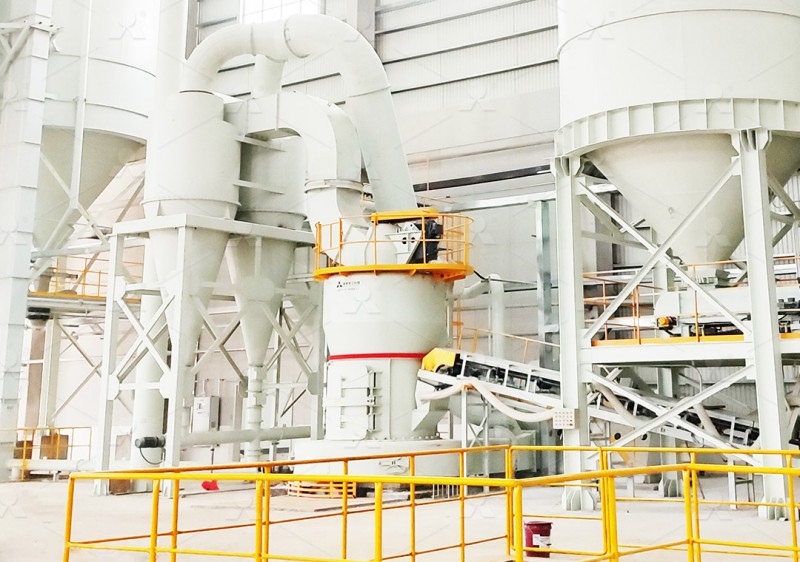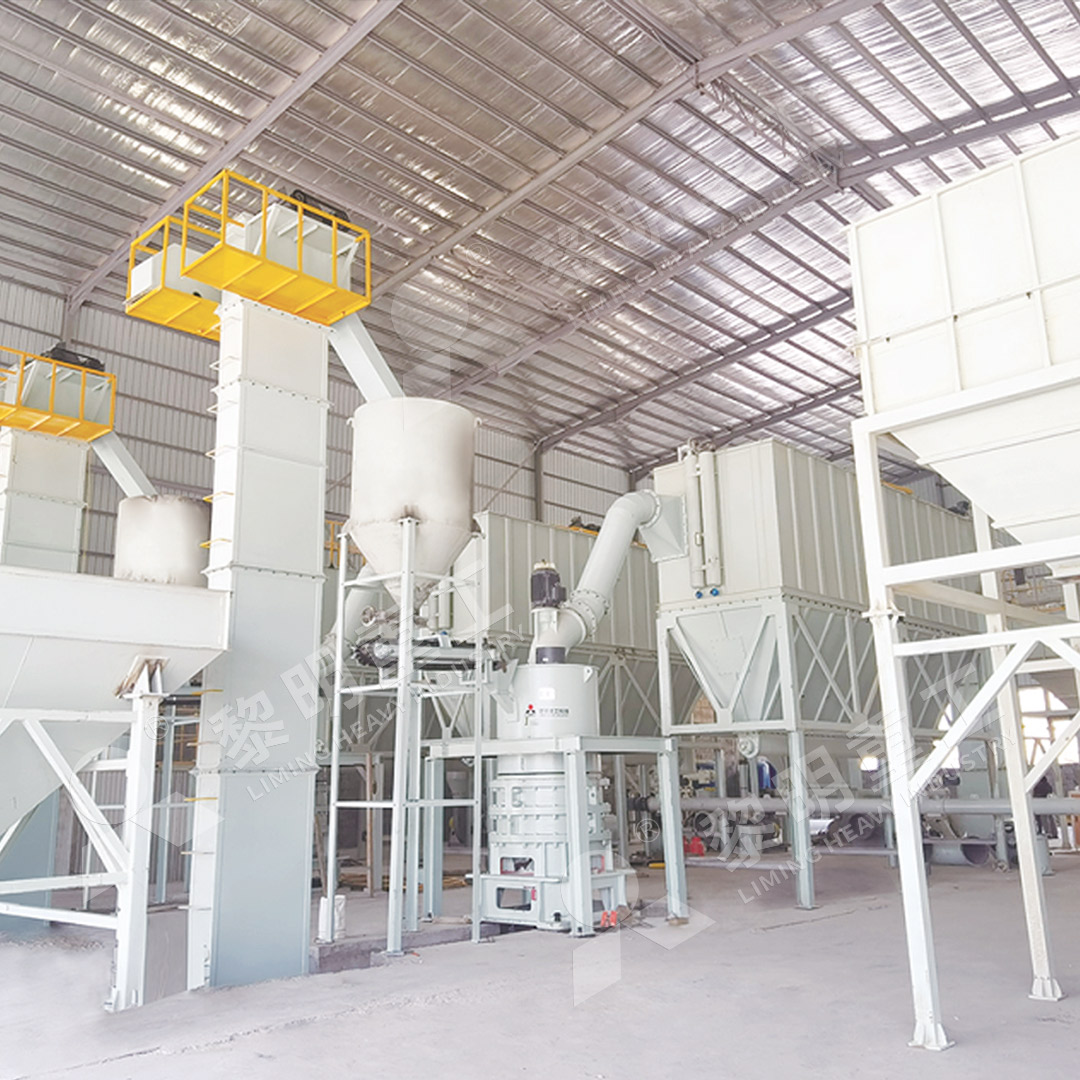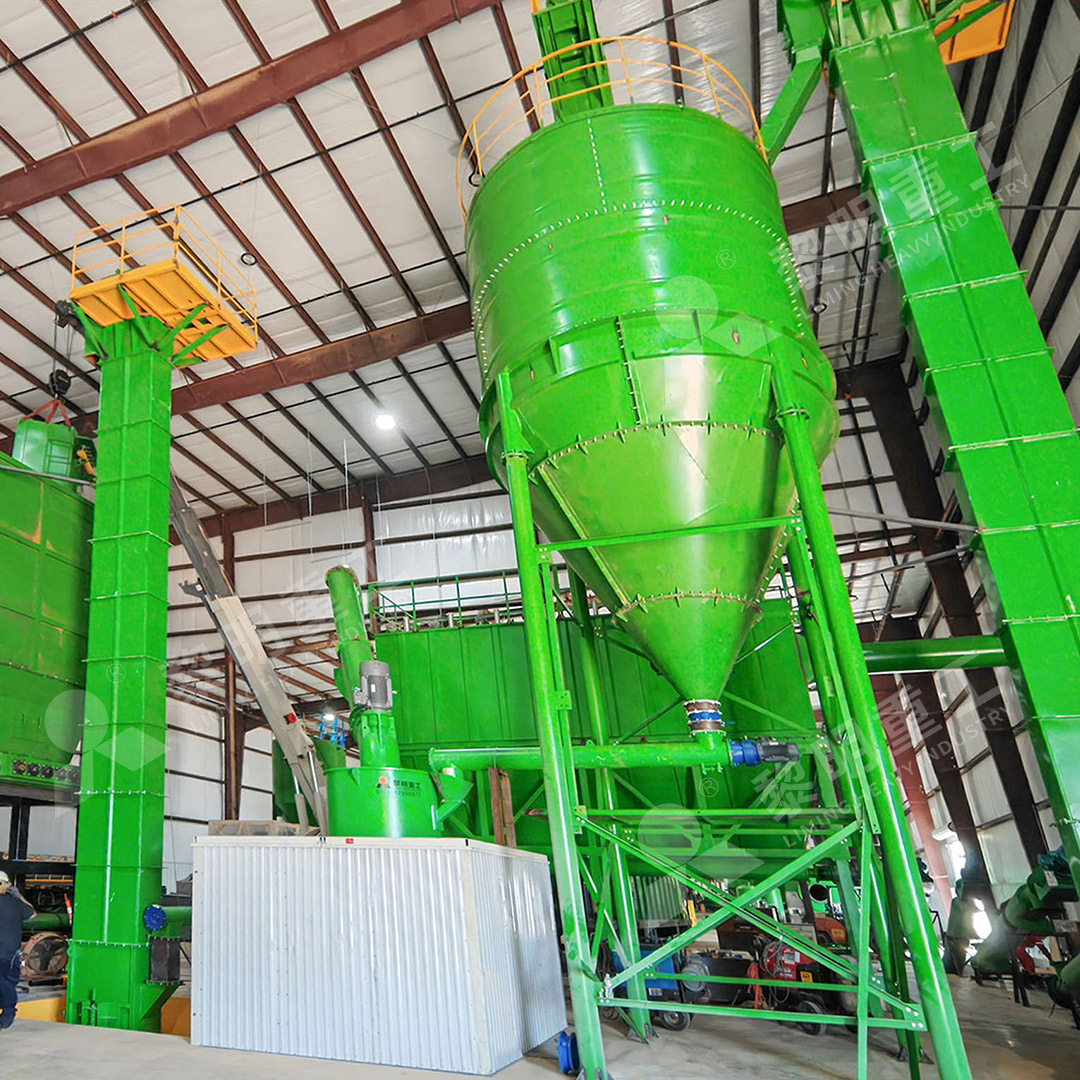1000 Mesh Stone Powder Grinding Mill: A Comprehensive Guide
Introduction to Ultra-Fine Stone Powder Grinding
Producing stone powder at 1000 mesh fineness represents one of the most demanding applications in mineral processing. This ultra-fine powder requires specialized equipment capable of precise particle size control while maintaining operational efficiency. The challenge lies in achieving consistent fineness without compromising production capacity or energy consumption.
Modern industrial applications increasingly demand powders in the 1000 mesh range for sectors including paints, coatings, plastics, rubber, and advanced construction materials. The finer the powder, the greater its surface area and reactivity, making proper equipment selection critical for product quality and process economics.

Technical Challenges in 1000 Mesh Production
Generating 1000 mesh powder (approximately 13 microns) presents several technical hurdles. Traditional grinding mills often struggle with heat generation, inconsistent particle distribution, and excessive energy consumption at this fineness level. Additionally, maintaining product purity becomes increasingly difficult as particle size decreases, with contamination from grinding media becoming a significant concern.
The grinding process must overcome material hardening tendencies, where some minerals become more resistant to size reduction as particle dimensions decrease. This phenomenon, known as the “limit of comminution,” requires specialized mill designs with enhanced grinding efficiency and precise classification systems.
Equipment Solutions for Ultra-Fine Grinding
When targeting 1000 mesh production, mill selection becomes the determining factor for operational success. The ideal equipment must combine high grinding efficiency with precise particle classification and minimal contamination. Two technological approaches have proven particularly effective for this application range.
For operations requiring maximum flexibility in fineness adjustment alongside high production capacity, the MW Ultrafine Grinding Mill represents an excellent solution. This advanced mill system offers fineness adjustment between 325-2500 meshes, comfortably encompassing the 1000 mesh target. With a capacity range of 0.5-25 tph and input size acceptance up to 20 mm, it provides substantial processing versatility.

Key Technological Advantages
The MW series incorporates several proprietary technologies that address the specific challenges of ultra-fine grinding. Its cage-type powder selector, developed using German technology, ensures precise particle separation critical for consistent 1000 mesh production. The absence of rolling bearings and screws in the grinding chamber eliminates common failure points and prevents contamination from loose components.
From an environmental perspective, the integrated pulse dust collector and muffler system maintains clean operation while reducing noise pollution. The external lubrication system enables maintenance without production stoppages, supporting continuous 24-hour operation essential for economic ultra-fine powder production.
Alternative Approach: Vertical Grinding Technology
For operations with stricter space constraints or different material characteristics, the LUM Ultrafine Vertical Grinding Mill offers a compelling alternative. Combining Taiwanese grinding roller technology with German powder separating expertise, this vertical mill achieves similar fineness targets through a different mechanical approach.
The LUM system’s unique roller shell and lining plate grinding curve promotes stable material layer formation, enabling high finished product rates through single-pass milling. With an input size of 0-10 mm and capacity of 5-18 tph, it suits operations processing pre-crushed materials to consistent ultra-fine specifications.

Operational Considerations
Successful 1000 mesh production requires attention to several operational factors beyond equipment selection. Material moisture content significantly impacts grinding efficiency, with most ultra-fine mills performing optimally with moisture levels below 5-8%. Feed size distribution also plays a crucial role, with narrower size ranges typically yielding better energy efficiency.
Maintenance planning should account for the accelerated wear rates common in ultra-fine grinding applications. The absence of internal screws and bearings in the MW series directly addresses this concern, while the LUM’s reversible structure facilitates maintenance access. Both systems benefit from digital processing techniques that ensure high manufacturing precision for core components.
Frequently Asked Questions
What is the energy consumption for producing 1000 mesh powder?
Energy requirements vary by material hardness and moisture content, but modern ultra-fine mills typically consume 30-50% less power than traditional grinding systems. The MW Ultrafine Grinding Mill specifically achieves 40% higher production capacity compared to jet mills with equivalent power consumption.
How is particle size consistency maintained at 1000 mesh?
Advanced classification systems like the cage-type powder selector in the MW series provide precise particle separation. These systems continuously monitor and adjust to maintain target fineness, with screening rates achieving d97≤5μm in single passes.
What materials can be processed to 1000 mesh fineness?
Common applications include limestone, calcite, dolomite, gypsum, barite, marble, talc, and various industrial minerals. Material hardness below Mohs 7 typically processes most efficiently, though specialized configurations can handle harder materials.
How does equipment selection impact product purity?
Mill designs that minimize metal-to-metal contact and utilize specialized wear materials significantly reduce contamination. The MW series’ elimination of internal screws and rolling bearings directly addresses purity concerns common in ultra-fine applications.
